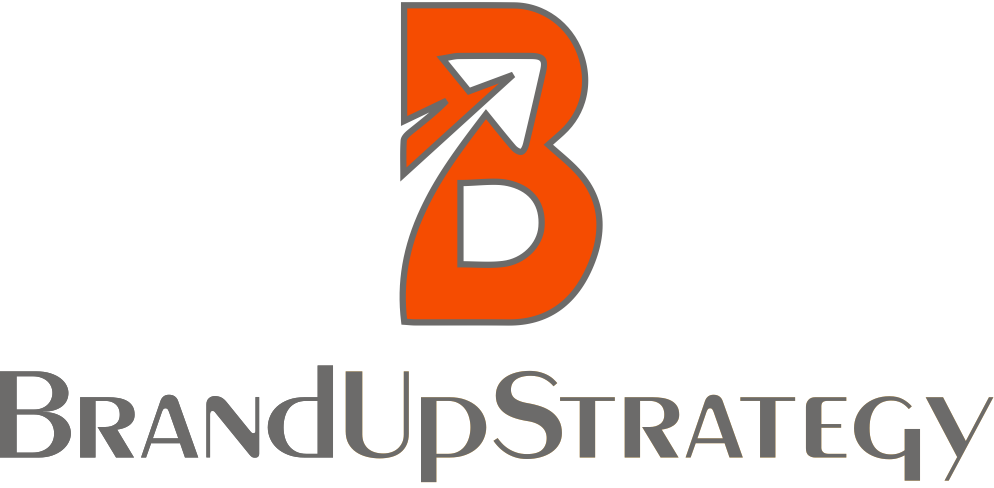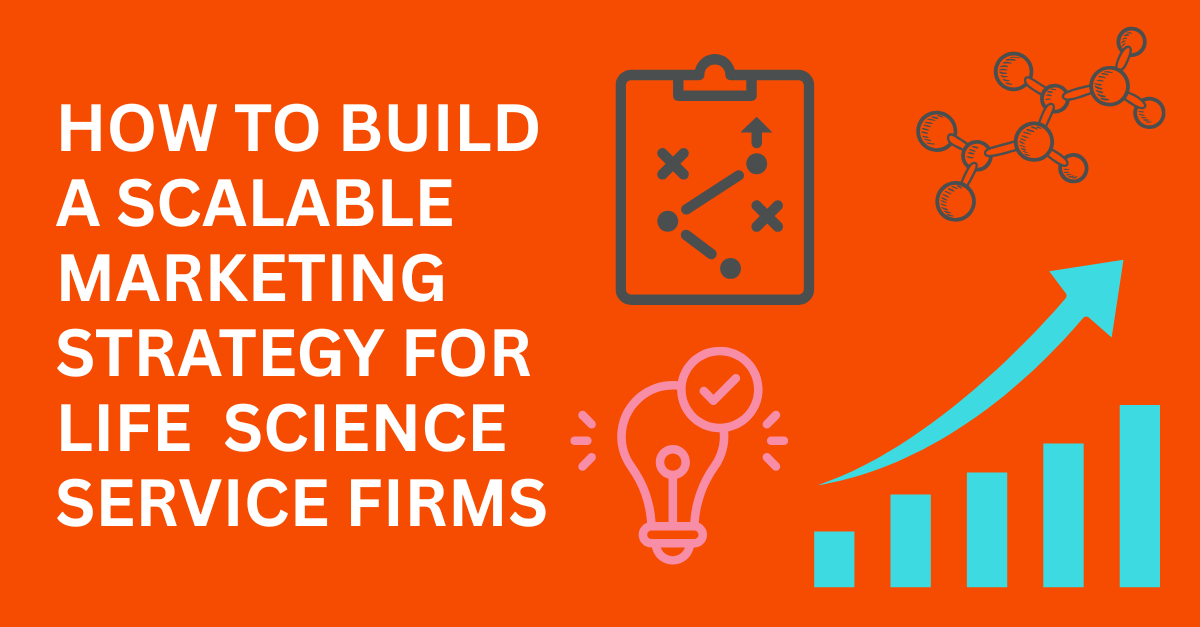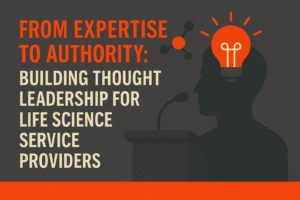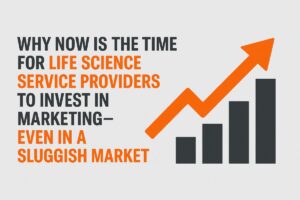Life science service firms—whether focused on regulatory consulting, IT solutions, product testing, or FDA submissions—often face the same challenge: how to grow marketing in a way that’s sustainable and repeatable without overloading lean teams. A scalable marketing strategy allows firms to attract new pharmaceutical, biotech, and medical device clients while maintaining consistency, quality, and efficiency as they expand.
Start with Clear Positioning
Before investing in tactics, ensure your firm’s value proposition is crystal clear. Ask:
- What problem do we solve for life science companies?
- How do we do it differently (or better) than others?
- Why should prospects trust us?
Strong positioning keeps your marketing focused, ensures messaging consistency, and makes scaling easier because every piece of content, campaign, or outreach ties back to the same core story.
Align Strategy with Business Goals
Scalable marketing starts with alignment. Define your growth targets and identify how marketing supports them. For example:
- Entering new therapeutic areas → Build thought-leadership content around those specialties.
- Increasing RFP opportunities → Create case studies that highlight successful outcomes.
- Expanding into midsize biotech → Adjust messaging to speak directly to their resource constraints.
Without this alignment, marketing efforts risk becoming scattered, making scale inefficient.
Build a Content Engine
Content is the backbone of scalable marketing for life science service firms. Develop cornerstone assets that can be repurposed across channels:
- White papers or blogs → Fuel newsletters, social posts, and sales enablement.
- Case studies → Anchor webinars or presentations.
- Expert interviews → Reuse as podcasts, short videos, or LinkedIn posts.
By repurposing content, you get more mileage from each asset, reduce workload, and keep a steady flow of materials in front of your audience.
Leverage Marketing Automation and CRM
Scalability requires systems. Implement marketing automation tools and a CRM that can:
- Segment prospects by company type, size, or need.
- Deliver automated nurture campaigns (emails, event invites, follow-ups).
- Track engagement and hand off warm leads to business development.
This ensures prospects don’t slip through the cracks and that your team can focus energy on the highest-value opportunities.
Balance Thought Leadership and Demand Generation
Scalable strategies balance brand-building with lead capture. For service firms, this means:
- Thought leadership: publishing expert insights, regulatory updates, or case studies that build trust.
- Demand generation: running targeted campaigns (email, LinkedIn, conferences) designed to convert interest into inquiries.
This mix ensures your firm is both visible and relevant in the competitive life sciences market.
Measure, Optimize, and Repeat
The most scalable strategies are data-driven. Define KPIs tied to your goals (e.g., inbound leads, RFP invitations, webinar attendance). Review results quarterly, identify what’s working, and double down. Marketing becomes scalable when you have a process to continuously test, learn, and refine.
Summary
For life science service firms, scalability in marketing isn’t about doing more—it’s about building repeatable processes, leveraging technology, and staying focused on clear positioning and business goals. With the right balance of content, automation, and thought leadership, your marketing can grow alongside your business—delivering consistent results without overwhelming your team.







